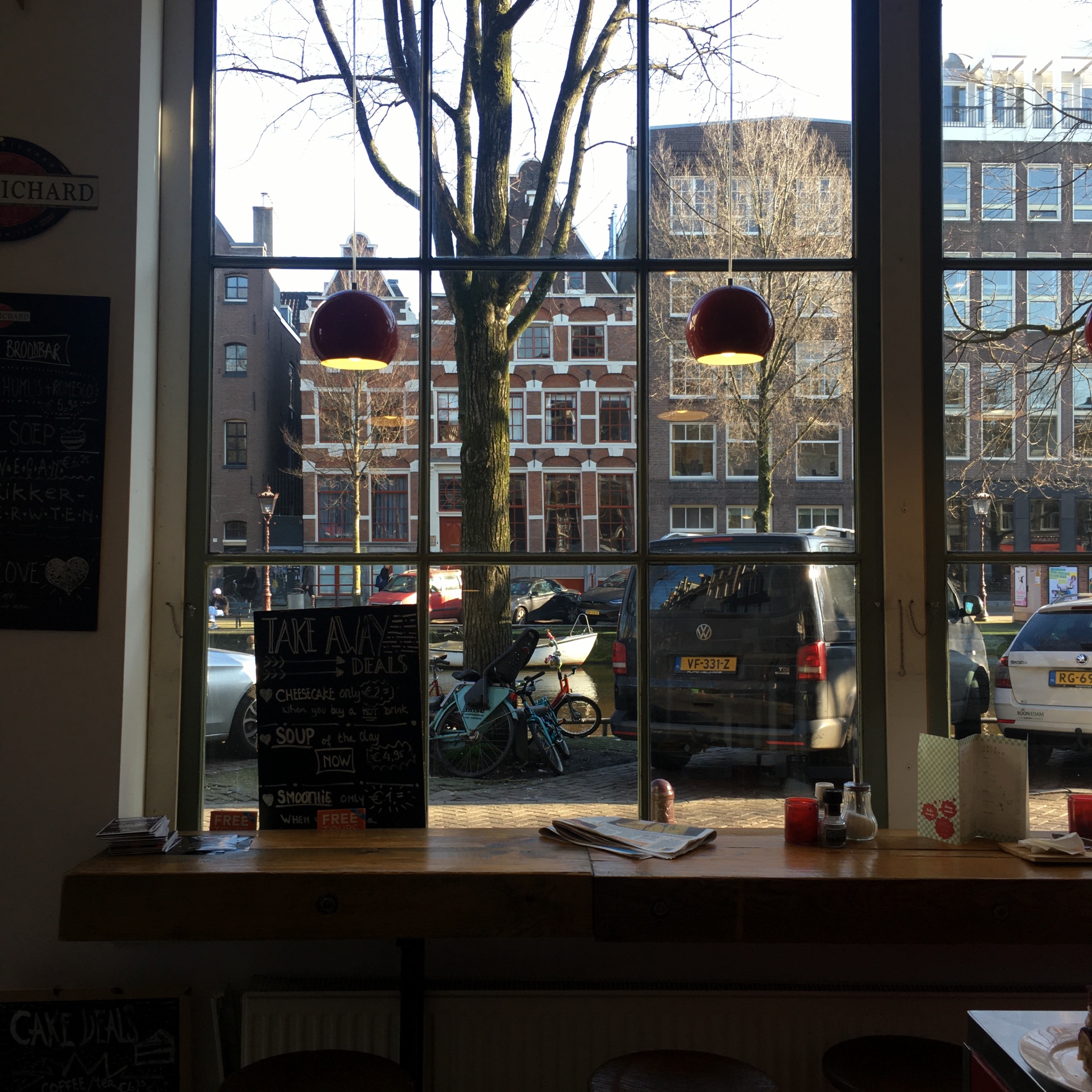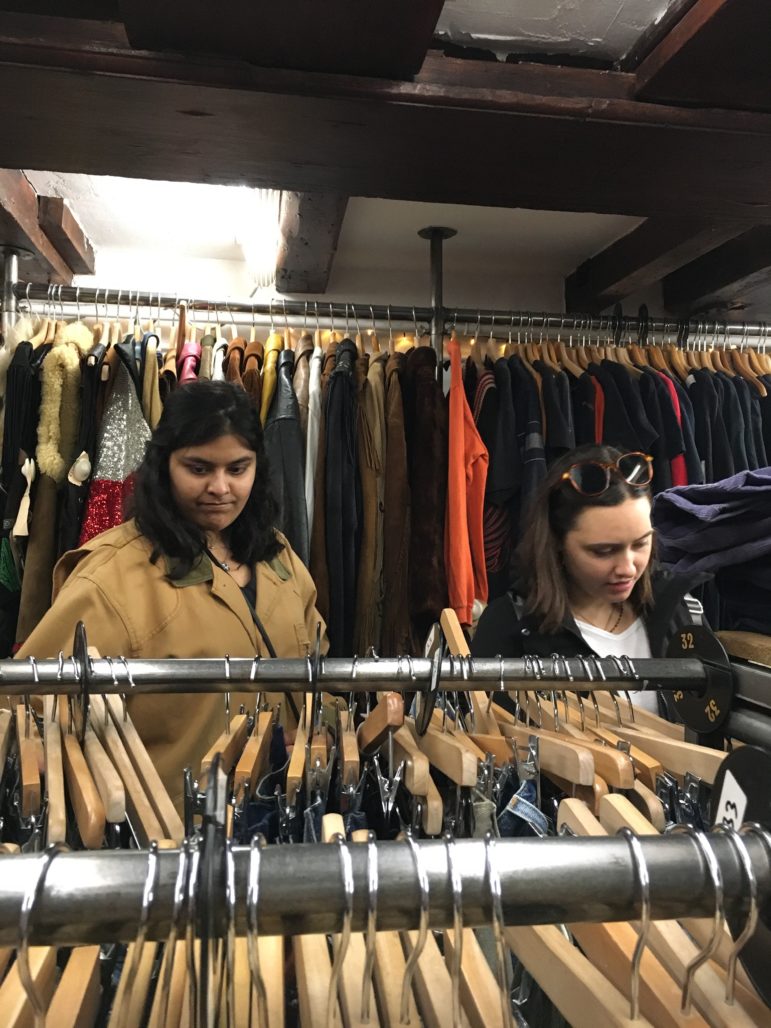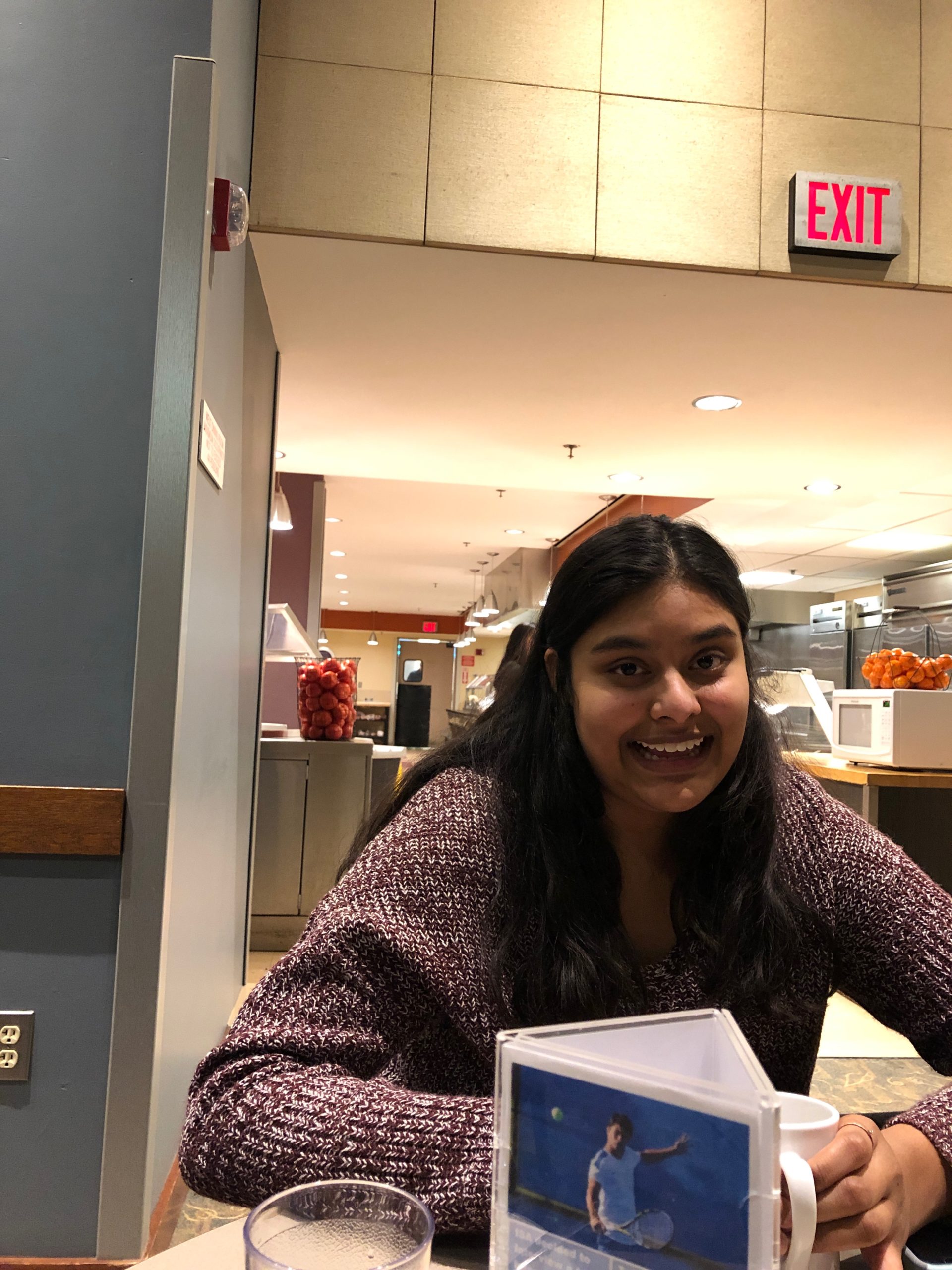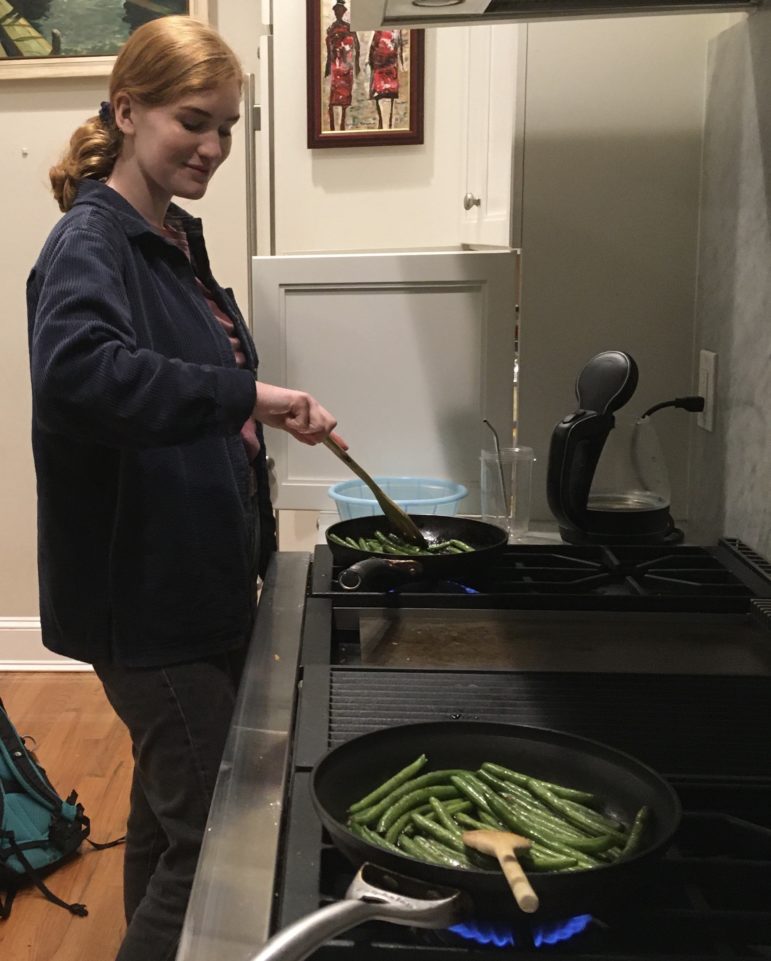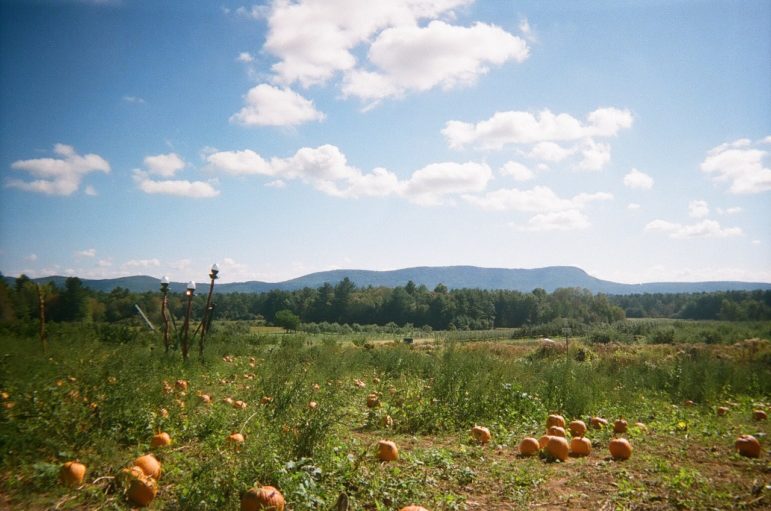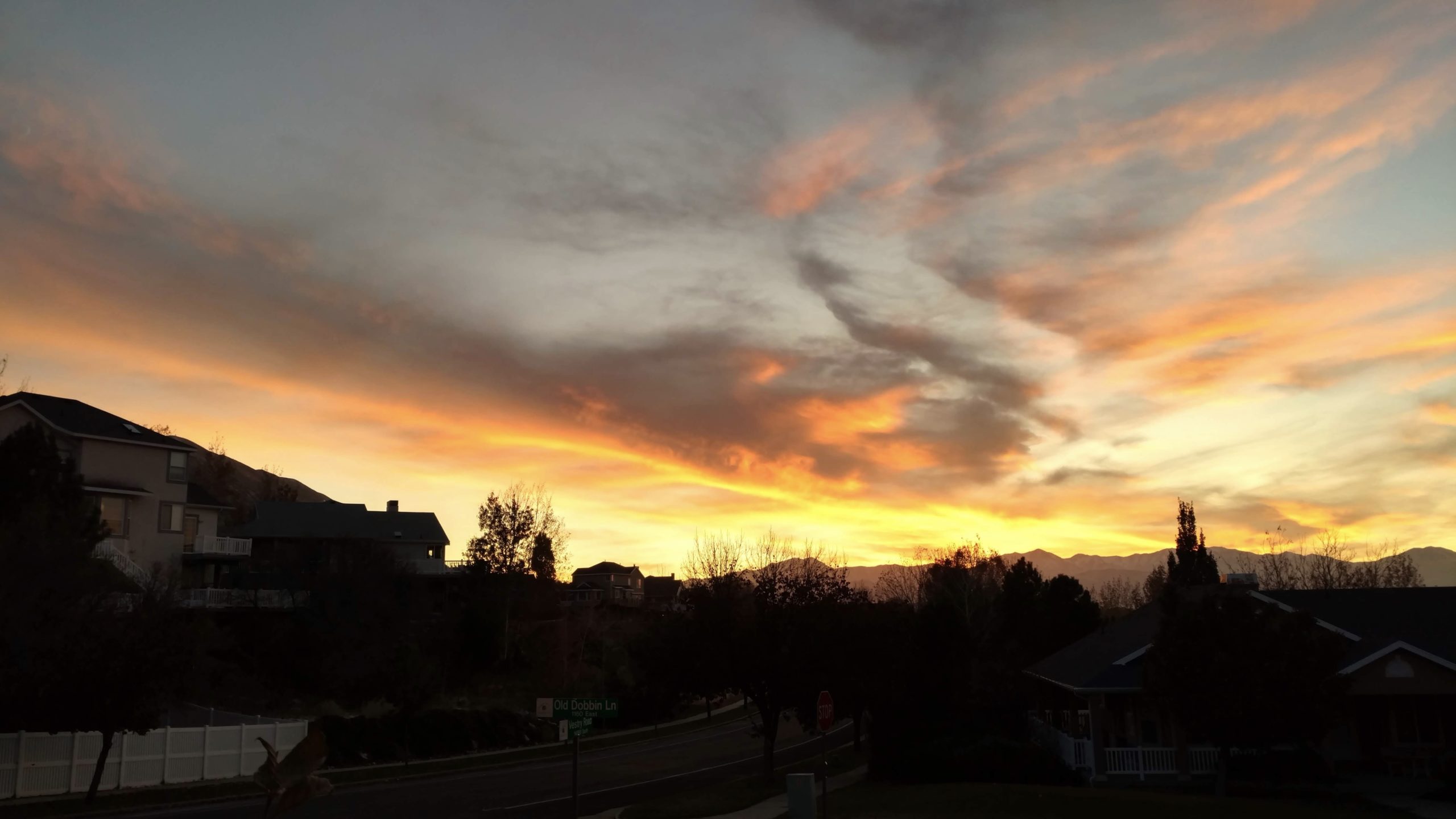GenOn Files to Deactivate Another MD Coal-Fired Power Plant in 2021
Sudden announcement underscores the need for economic transition of Maryland’s remaining coal plantThursday, August 13, 2020Contact:
PRINCE GEORGE’S COUNTY, MD – Earlier this week, GenOn Holdings filed for deactivation of their two coal-fired power units at the Chalk Point Generating Station. The filing formally initiates the retirement process and establishes the retirement date for the two units on June 1, 2021. The announcement comes as GenOn’s Dickerson coal plant prepares to retire today. Chalk Point is one of six large power plants in Maryland that entered 2020 still burning expensive, climate-polluting coal and facing the unviability of fossil fuels in Maryland’s clean energy future leaving workers with uncertainty.
In 2019, Maryland’s six coal plants generated less than 10% of the electricity sold in the state but emitted over half of the climate-disrupting carbon dioxide from in-state power plants. The coal industry is in a precipitous decline in today’s energy market because outdated dirty fuels have been unable to compete with less costly and cleaner energy sources like wind and solar. The decline has been further accelerated by the urgent need to address toxic pollution, public health, and the existential threat of the climate crisis.
Despite the Chalk Point announcement, and GenOn’s closure of the coal-burning units at the Dickerson plant this month, Marylanders in Charles County will still have to contend with serious pollution from the GenOn-owned Morgantown coal plant. The Morgantown coal-fired power plant has faced a sharp decline in use, but its operation still harms Maryland’s air and water. GenOn, the out-of-state operator of these coal plants, has a history of failing to comply with environmental regulations and fighting against clean water protections.
The speed of the decline of the coal industry underscores the need for the state to develop a plan to support impacted communities and workers.
The Senior Campaign Representative of the Sierra Club’s Beyond Coal Campaign David Smedick released the following statement in response
“Today’s announcement is yet another indicator that the coal industry is quickly dwindling and being outcompeted by affordable clean renewable energy sources like wind and solar. The two coal units at Chalk Point have been operating and emitting toxic pollution for over 50 years using out-dated technology. Now, impacted workers and communities that have been subjected to the environmental and public health risks caused by these units have less than 11 months to prepare for this impact without robust full fossil fuel transition support programs in place, all during a global pandemic and economic crisis.
“Maryland urgently needs a statewide, coordinated plan to manage the inevitable transition off of dirty coal to clean energy. We need our state elected officials to bring together front line community members, impacted workers, local advocates, and industry leaders to construct a plan that advances the state beyond coal while providing ample support to our most impacted workers and communities.”
Delegate Kumar Barve (D17), Chairman of the House Environment and Transportation Committee, released the following statement:
“The closing of the Dickerson and Chalk Points coal-fired power units are the latest in a long market trend away from burning dirty coal and towards efficient clean energy. While the decline of the industry is happening at a frenetic pace, some of these plants remain online and are still dumping heavy pollution in Maryland’s air. The time is now to pass legislation to break free of coal and incentivize cleaner resources while investing in creation of family supporting jobs in technologies like energy storage and grid upgrades. ”
Willie Flowers, President, NAACP Maryland State Conference, released the following statement:
“The closing of Chalk Point demonstrates the collective power of a community united. Many voices, including those of the NAACP, and other activists, were unified in demanding “a better way” to deliver clean energy to the State of Maryland. The NAACP Maryland State Conference, is working with industry and political leaders to take this monumental win to the next level. Our efforts to transition to renewable energy will continue as we launch our Maryland Solar Equity Initiative 2020. We hope Marylanders will support us as we partner with civic, corporate and the legislature to provide job training and placement, homeowner education and legislative guidance to spread the good word about renewable energy. These plant closings validate our efforts and inspire us to continue doing what we do. ”
Senator Brian Feldman (D15), Vice-Chairman of the Senate Finance Committee, released the following statement:
“Given the conversations I am part of with legislative leaders and energy policy makers from around the country and even internationally, the closures of Dickerson in my Senate district and now Chalk Point, were not surprising. As Maryland transitions off of coal, it is our responsibility to lead a conversation among all stakeholders to develop a thoughtful transition plan for the sake of the workers, ratepayers, and vulnerable residents who suffer from adverse health effects caused by these facilities.”
Senator Chris West (D42), released the following statement:
“The declining economics of coal are undeniable and the market has shown we have cleaner and more efficient ways to produce energy. As a parent, I’m also eager to address our climate crisis. The General Assembly must show leadership and set a firm date to move off coal-fired electricity and establish a plan that takes care of hard-working Marylanders and provides certainty for workers, local government and ratepayers during this unavoidable transition.”
Leah Kelly, Senior Attorney with the Environmental Integrity Project, released the following statement:
“The coal units at Chalk Point have been operating for over 50 years, discharging toxic pollutants into waterways and releasing greenhouse gases and health-harming pollutants into the air every year. This dinosaur technology is no longer competitive with cleaner energy sources. Maryland needs to move forward as quickly as possible with industries like offshore wind that can provide clean energy and good-paying jobs.”
Janet Gingold, Chair & Lily Fountain, Vice Chair of Sierra Club Prince Georges County Group, released a statement:
“GenOn’s decision to deactivate the Chalk Point coal units emphasizes the need for the state to step up to provide support for displaced workers to transition to jobs in the clean energy economy. We are looking forward to the decreased levels of air and water pollution, acid rain, greenhouse gases, and global and local climate change, as well as decreased rates of asthma, heart and lung diseases from the closure of the Chalk Point Coal Units.”
Anne Havemann, General Counsel with the Chesapeake Climate Action Network, released the following statement:
“The coal industry is collapsing, and Maryland needs to prepare for it. Laying off workers in the middle of a pandemic and an economic crisis is not the way forward. Instead, let’s chart a path towards clean, renewable energy that provides jobs for workers currently in the fossil fuel industry and elsewhere. With fossil fuels on the way out, and in the midst of an unprecedented economic recession caused by an international pandemic, Maryland should prioritize rebuilding with clean energy and climate solutions. Maryland needs a climate stimulus.”
Jonathan Lacock-Nisly, Director of Faithful Advocacy for Interfaith Power & Light (DC.MD.NoVA), released the following statement:
“People of faith know that caring for our communities means transitioning away from coal as a power source. We see the closing of the Chalk Point coal units as essential for the health of our state, our climate, our neighbors, and ourselves.
“But as people of faith, we care also for our neighbors who work at Chalk Point. We’ve called on our elected officials to provide funding for a just transition so that we could avoid this very situation—workers and their families given less than a year to plan for the loss of their livelihoods. Faithful Marylanders know that a clean energy economy is our future, and our communities are depending on our elected officials to chart the path forward.”
Chispa Maryland Director Ramon Palencia-Calvo, Released the following statement
“Plant closures in Maryland will affect workers, communities and families, leaving them in especially precarious conditions during uncertain economic times and under a pandemic. The Chalk Point closing underscores the need for an equitable, enforceable transition plan for moving Maryland off coal and towards a clean energy economy that supports workers and communities.”
Frederick Tutman, Riverkeeper at Patuxent Riverkeeper released the following statement:
“Residents in the Brandywine area and of course the Patuxent River have suffered enough from the persistent and egregious environmental problems caused by this plant and its various coal related waste streams and other impacts for decades. The posture of this plant with its neighbors and the environment has generally reflected environmental indifference and injustice throughout its tenure. It’s high time for a change, and even one more day of coal power generation at Chalk Point is too much. But we’ll take this latest bid for an alternate fuel source as a long overdue step in the right direction.”
Contact: Pablo Willis, pablo.willis@sierraclub.org; Denise Robbins, denise@chesapeakeclimate.org
Photo at the top from a 2011 CCAN candlelight vigil against coal


